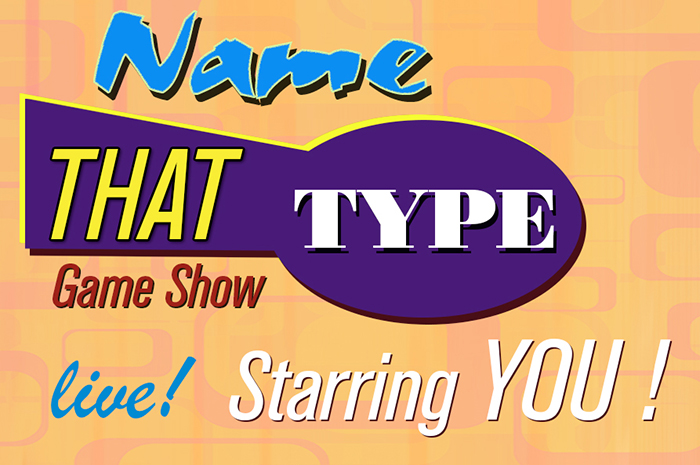Class Info
- Class Date: Thursday Aug. 27
- Class Time: 8:30AM-10:00AM
- Class Meeting Info:
Throughout the semester students will look for various typographic topics principles, techniques, post images and respond to assignment questions and and assessments from images selected.
Find image examples below, upload into your post gallery and comment
Variations
How to create an image for web usage
https://helpx.adobe.com/photoshop-elements/using/optimizing-images-jpeg-format.html
Optimize a JPEG JPEG is the standard format for compressing photographs.
• Open an image and choose File > Save For Web.
• Choose JPEG from the optimization format menu.
• Specify the compression level:Choose quality option medium from the pop‑up menu under the optimization format menu. The higher the Quality setting, the more detail is preserved in the optimized image, but the larger the file size.
• View the optimized image at several quality settings to determine the best balance between quality and file size.
• Select Progressive to display the image progressively in a web browser; that is, to display it first at a low resolution, and then at progressively higher resolutions as downloading proceeds.
• To save your optimized image, click OK. In the Save Optimized As dialog box, type a filename, and click Save.
From your mobile device
“Image Size” app Google Play https://play.google.com/store/apps/details?id=de.vsmedia.imagesize&hl=en_US
“Image Size” IOS App Store https://apps.apple.com/us/app/image-size/id670766542
Resize Images in OpenLab
Most digital cameras and phones are likely to be set to take images that are vastly larger than a user of a computer screen is likely to need
https://openlab.citytech.cuny.edu/openroad/image-resizing/
Live Game Show and Discussion about Typography
Students will comment in live synchronous class discussions to try and identify or answer questions related to posted in class content. This is part of class participation grade.

Type Challenges are design assignments and discussions completed with time constraints during class or as specified.
Can also be assigned as homework assignments.
Over the course of the semester each of you will be asked to create a 5 minute presentation on one of the assigned designers listed below.
Presentations should be visual and of the designer’s work.
You should show 8 to 10 selections of the designer’s most noted work.
Photograph samples of type you observe type around you. Accumulate a library of all the letters of the alphabet, include numbers 1-9. Take photos at a high resolution for print. (300 dpi). NOTE: To assure clarity consider the lighting and background You can do more that one or other letterforms or symbols if you wish after first full alphabet set
Most digital cameras and phones are likely to be set to take images that are vastly larger than a user of a computer screen is likely to need